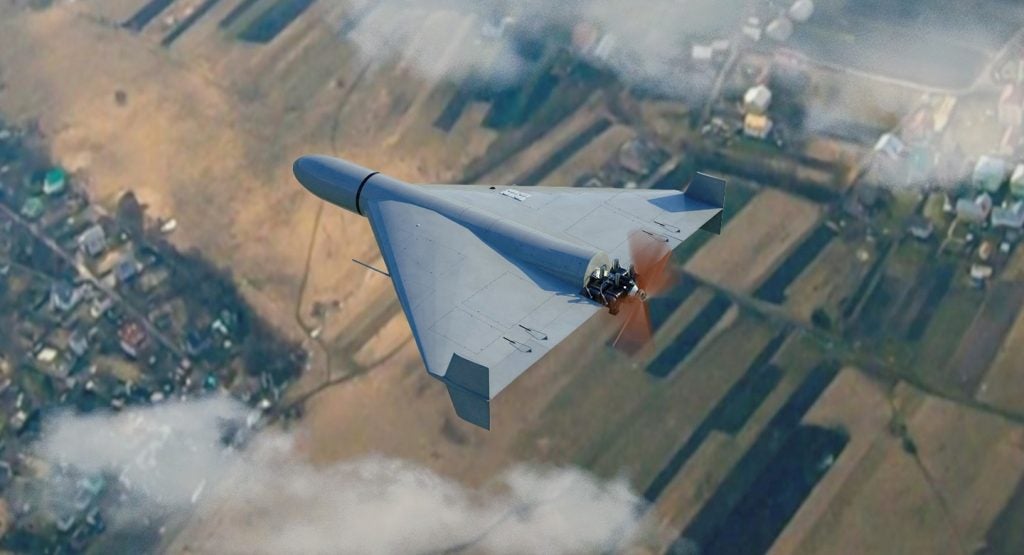A US Government agency has awarded a contract to GetSAT for the supply of its portable MilliSAT land and maritime (L/M) terminals.
The multi-million dollar contract has been awarded to GetSAT in partnership with a division of Honeywell.
The terminals will be deployed for command, control, computers, intelligence, surveillance, and reconnaissance (C4ISR) applications in the event of an emergency state in the US.
Under the contract, GetSAT will deliver its MilliSAT L/M KA and KU-band versions terminals for secure communications-on-the-move (COTM).
GetSAT CEO Kfir Benjamin said: “The US Government has once again entrusted delicate and secure satcom missions, this time in remote areas, to GetSAT terminals. Together with Honeywell, we have delivered our leading-edge communications platforms that enable the government agency to meet its critical operational needs.
“GetSAT is committed to providing on-the-move satcom platforms reaching the highest specifications and standards and we are proud that our solutions are already operating in the field and maritime environments.”
How well do you really know your competitors?
Access the most comprehensive Company Profiles on the market, powered by GlobalData. Save hours of research. Gain competitive edge.

Thank you!
Your download email will arrive shortly
Not ready to buy yet? Download a free sample
We are confident about the unique quality of our Company Profiles. However, we want you to make the most beneficial decision for your business, so we offer a free sample that you can download by submitting the below form
By GlobalDataBoth land-based vehicles and maritime platforms can be equipped with the ruggedised, medium lightweight, KA and KU-band terminals to support satellite on the move (SOTM) in harsh environments.
The GetSat’s micronised L/M terminals are designed based on patented fully interlaced InterFLAT panel technology to transmit and receive over 20Mbps high bandwidth data.
According to GetSAT, the terminals include an integrated block upconverter (BUC) and modem. They can be fitted in different antenna sizes depending on bandwidth requirements and offer savings in size, weight, and power usage (SWaP).







